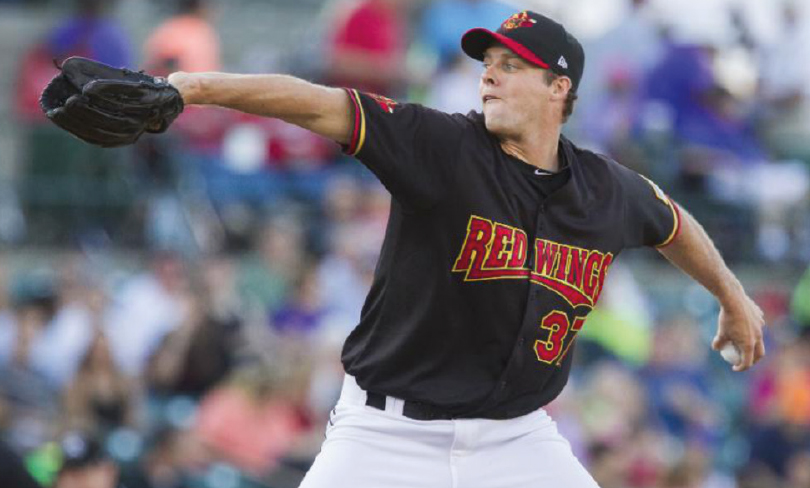Team games have always been about co-operation – working together for a common goal (in many sports, quite literally) on the field, the pitch or the race track.
Traditionally, co-operative organisations have encouraged members to participate in sport by providing funding and facilities. These opportunities for leisure activities enhanced the lives of members and furthered community cohesion, and this is still the case today.
Sport in co-ops really rose to prominence in the 1930s. The membership of UK co-operative societies rose from 4.1 million in 1919 to 8.5 million in 1939, creating communities that worked together to provide education and training that expanded to include sports and culture.
In his 1989 study Sport, Politics and the Working Class, Stephen G Jones recognised that, by the 1930s, “many societies had their own sports clubs and teams, some with grand amenities”.
The Longsight Printing Works, for example, had cricket, swimming and tennis clubs; the Newcastle-upon-Tyne Boot and Shoe Department had football and cricket clubs; the Reading Works had a ladies gymnasium class; and across the country, women had formed their own cricket, hockey and netball teams.
In 1929, the CWS granted £10,000 towards the purchasing of sports facilities, and grounds were established in Birmingham, Leicester, Liverpool, Manchester and elsewhere. “By 1932,” wrote Mr Jones, “the London Co-operative Society Employees Sports Club had 6,900 members, a fine ground at Chingford, and accommodation for many sports.
“Co-operation was very active in the sports field, a clear instance for proletarian sociability and creativity.”
Co-operative society members are still active in sports today – just this month, employees from 113 Midcounties food stores in Gloucestershire helped raise over £22,000 for the Teenage Cancer Trust through a county-wide five-a-side football tournament. Now, however, there are also teams who take co-operative sport further and are themselves co-operatives – community benefit societies, industrial and provident societies or charities.
Some of these sport co-ops are well-documented, such as the fan-owned Barcelona and Real Madrid football clubs, but there are plenty of others to explore across the professional sporting spectrum.
Football is an obvious example, with the issue of fan ownership regularly making the headlines. Last year, Supporters Direct helped save Portsmouth football club from liquidation after a restructuring that saw the Pompey Supporters Trust become 51% shareholders, while in 2011, AFC Wimbledon was formed by supporters on the back of Wimbledon FC’s relocation to Milton Keynes.
Owned by the Dons Trust, AFC Wimbledon is an industrial and provident society run under one member, one vote, which works closely with the local community. The club is “collectively created, owned and run by its fans,” said founding chairman Kris Stewart at the time of its creation. “In everything we do, we strive to provide the very best football club we can, recognising that were it not for our fans we would not be here – and without them, there would be no point being here anyway.”
Fan-ownership is a popular structure in Germany (where majority control of a club by a single entity is not permitted) and Spain, but this isn’t just a European phenomenon. It is also common in South America; in Uruguay, for example, 11 of the 16 teams in the country’s Primera División are owned by the fans. In Japan, there is even a third division club, Fujieda MYFC, funded by online subscribers.
The fan ownership model has successfully been used to set up the UK’s first and only co-operative American football club, Hastings Conquerors. The club was created, says founder and chairman Chris Chillingworth, “in response to a worrying increase in the number of clubs which are poorly run and which have an agenda not in line with those that support the club”.
In the United States, American football franchise the Green Bay Packers are the only non-profit, community-owned professional sports team in the country’s major leagues. But in baseball, below the top flight, there are a plethora of minor league co-operative teams that are affiliated with major league clubs, acting as feeder clubs and preparing players for the majors.
The Rochester Red Wings triple-A baseball team is the top minor league affiliate of the major league’s Minnesota Twins; in 1956, the club was put up for sale, but was saved by the formation of Rochester Community Baseball, Inc. (RCB) which successfully sold shares to raise money to buy the club and stadium. RCB, composed of fans of the team as shareholders, continues to own and operate the club to this day.

And other sports? In Canada, the Kitchener Rangers is a publicly owned junior ice hockey team that is governed by a 40-strong board of directors made up of season ticket subscribers, and both in the UK and further afield, there is a significant number of co-operative cricket clubs – including Surrey CCC.
Historically, co-operatives have also been involved in sporting events, teams and individual athletes through sponsorship (see right), but the connection between sport and co-ops remains one that is firmly embedded in a desire to enhance the lives of members and local communities.
Like all co-operatives, sport co-ops exist to serve their members, whether in this case they are the participants, fans, ticket holders or shareholders. And because they are driven by values over profit, co-op sporting successes benefit more than just the winners.
Benefits are shared with members and communities through lower ticket prices, community sporting events and charitable works – or simply keeping sport participation and attendance geographically and financially within reach of all members of society.

